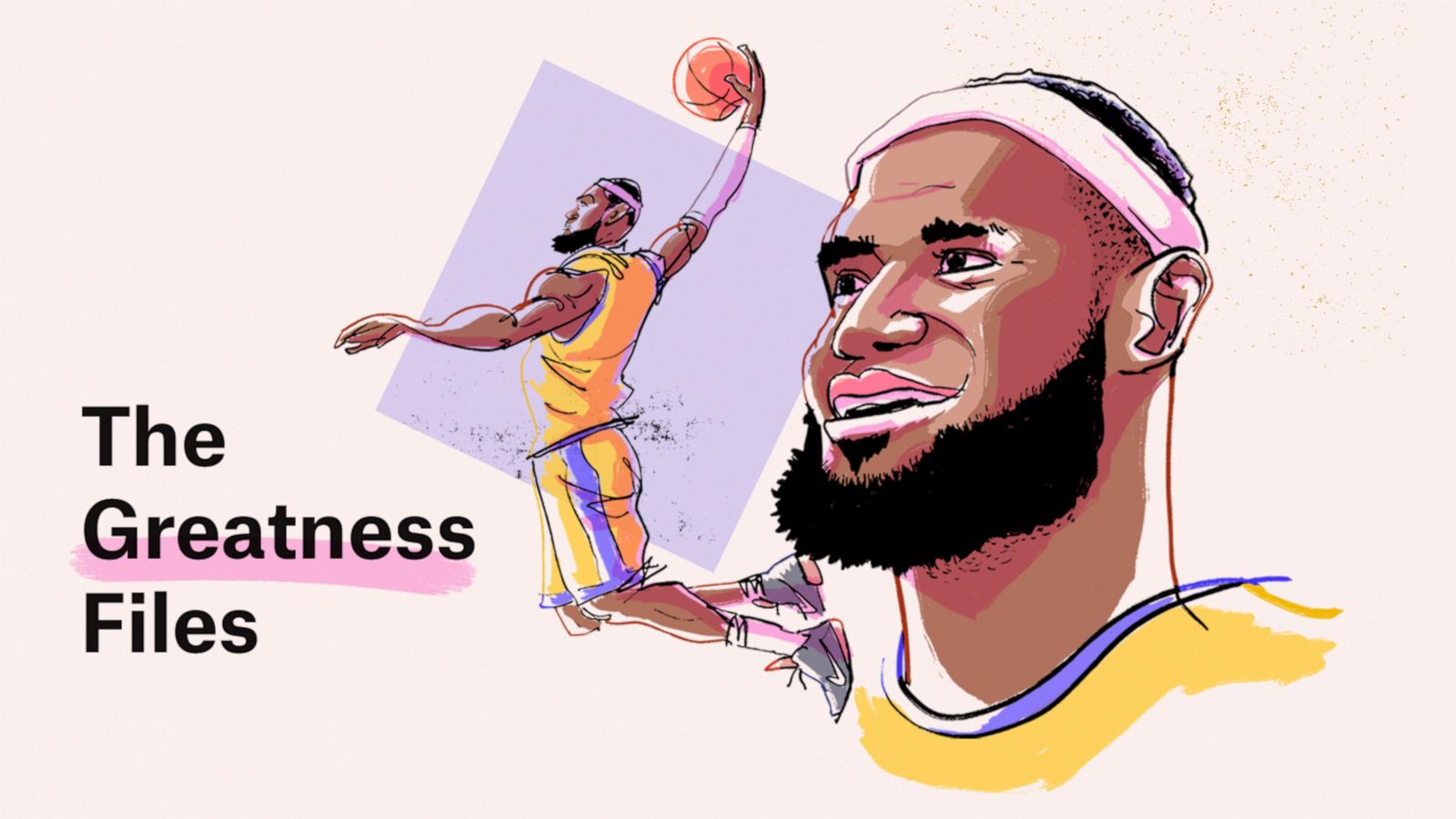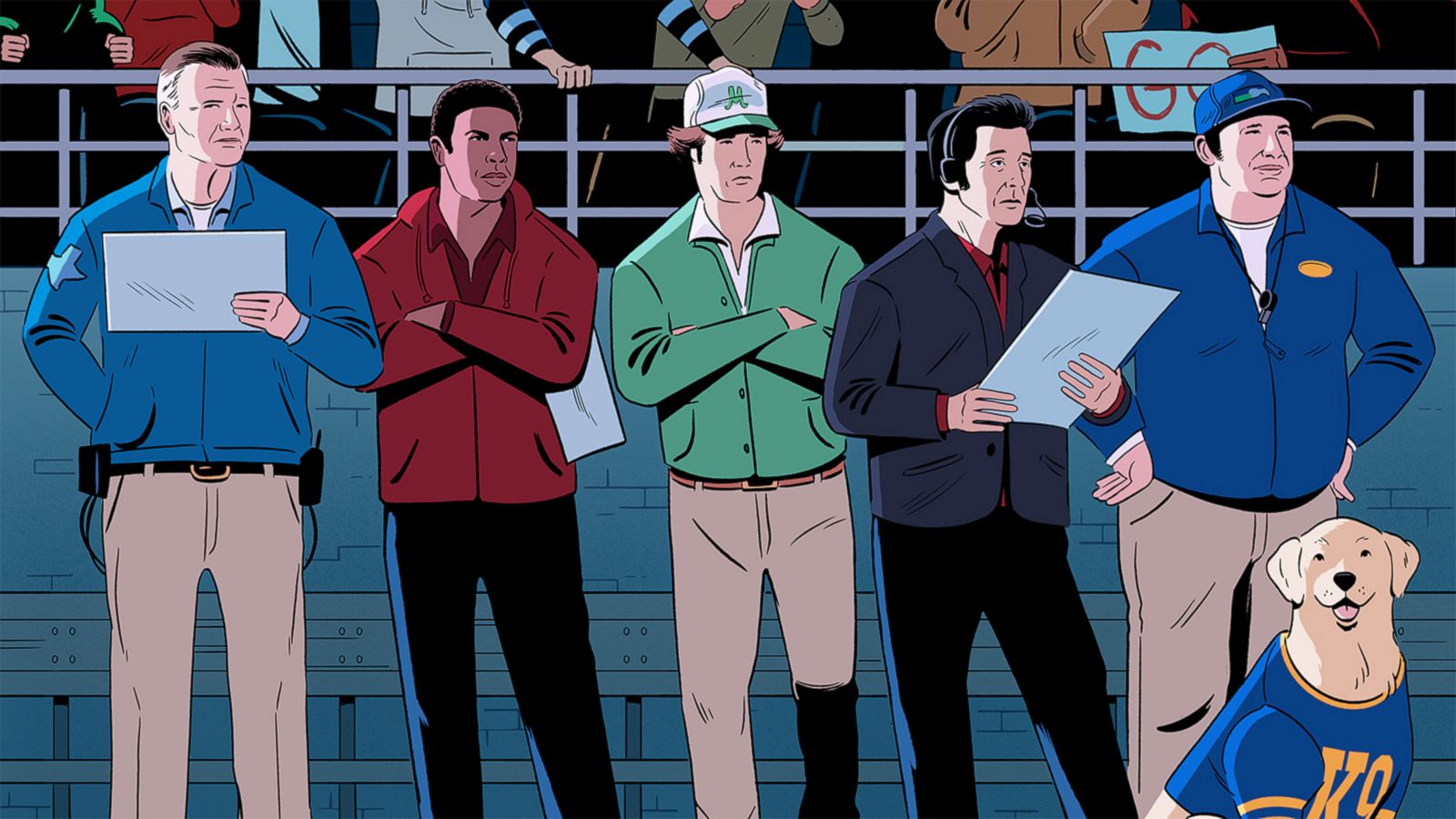After NBA free agency concluded — hell, even before free agency had concluded — one team, the Detroit Pistons, seemed to be the butt of more jokes than any other.
Wait, the club made deals with how many centers in the first two days of the signing period? And wait: They not only dealt a young, sweet-shooting guard to a contender, but now they’re letting a 25-year-old big, maybe their most promising young talent, leave for reasonable money?
Add those things together, scan the standings to see the 1-5 Pistons in last place out East, and you might reach a simple conclusion: Detroit botched its situation pretty badly.
That would be the most reductive way of looking at the situation, though. While the Pistons are going to struggle to win games this year, a couple of their offseason pickups have played far better than anyone could have imagined. The real challenge they face is an awkward, now-or-later dilemma: Their most established veterans, who’ve spent the majority of their careers being No. 1 options, will understandably want the ball in key moments right now — even if it would be better, in the long run, to see what the youngsters are capable of in those spots.
Two of Detroit’s newcomers have made intriguing leaps since the end of last season: free-agent acquisitions Jerami Grant and Josh Jackson.
Grant was often a fourth option last season in Denver, with just an 18 percent usage rate. He got a three-year, $60 million deal that raised eyebrows — and expectations — during free agency. It looked like a bit of an overpay for the lottery-bound Pistons because he hadn’t been asked to create his own offense with the title-contending Nuggets. But he has spread his wings beautifully so far in Detroit, going from nine shots and 12 points a game last season to almost 18 tries and 23 points a game this year.
Some of the scores have been on completely different sorts of looks than the ones Grant made hay with in Denver. (About 42 percent of his 2-point baskets have been self-created this season — a considerable increase from his one year in Denver, where just 23 percent were unassisted.) Take this aggressive bum-rush on Sunday, for example. We simply weren’t seeing him put his head down to make these sorts of efforts to score before he got to Detroit.
And though he left Sunday’s loss with an ankle injury, Jackson has also been impressive, building on the improvement he showed in limited action with Memphis last season. At just over 23 points per 36 minutes, his scoring rate — on par with players like Kawhi Leonard and Anthony Davis1 — is the best among the Pistons. Not bad for a two-year contract worth just $10 million.
Though the 1-5 record doesn’t show it, Grant and Jackson have done a decent amount to keep Detroit competitive, which the Pistons have managed to do in virtually every game this season. One stat to bolster that point: All six of Detroit’s games have come down to crunch-time scenarios, with the score within 5 points in the last five minutes of play. The Pistons have held a fourth-quarter lead in five of those six games — they simply haven’t been able to close things out in the late stages.
And that’s not the fault of Detroit’s newcomers. Blake Griffin and Derrick Rose have been a bit brutal in the clutch to this point. Take Sunday, for example, when they combined to shoot 0-for-7 in the fourth period of a 122-120 home loss to Boston. (The poor shooting doesn’t address the fact that Celtics star Jayson Tatum bolted right past Griffin for an open jumper that would prove to be the game-winner with 2 seconds left, then blocked Griffin’s rushed try right after.)
All three of Griffin’s clutch-time misses came in the last three minutes of play, and all three were 3-point tries.
In Rose’s case, Sunday’s finish probably wasn’t even the roughest close to a game he’s had during this young season. In a double-overtime loss to Cleveland last week, he got stripped of the ball on key back-to-back possessions by center Andre Drummond, his former teammate.
There’s a chance, of course, that we’ll look back a month or three from now and be able to write off Griffin’s ugly 4-for-14 game Sunday as an aberration in an otherwise good season. After all, this was his first game back in action after suffering a concussion. Still, there are some indications that perhaps the last remnants of Griffin’s dominance were drained from the bottle during the 2019-20 campaign. Almost 65 percent of Griffin’s shot attempts this season have been 3-pointers. (That’s up from last year’s career-high mark of 44 percent.) Conversely, through four games, the once-hyperathletic Griffin has yet to go up for a dunk. (In Year 2 of his career, almost 21 percent of Griffin’s shots were dunks. By last season, that number had dwindled to a career-low 2 percent.)
This is a roundabout way of saying that Griffin, when he’s not taking jumpers in the biggest moments, has largely relegated himself to being a spot-up shooter. And while his shot has improved since he joined the NBA … he isn’t exactly Kyle Korver. Aside from his athleticism, much of what made him so integral to the Clippers and then the Pistons was his work as an elite, playmaking point forward. Working as a bricklayer who stands in the corner offers few opportunities for the kind of difference-making plays he used to specialize in.
Some of this situation is undoubtedly the Pistons ensuring that rookie guard and first-round pick Killian Hayes gets chances to run the offense, since Rose and guard Delon Wright will also have the ball in their hands throughout the game. But let’s be real here: The majority of it stems from the Pistons’ chickens coming home to roost after the Griffin trade three years ago.
At the time, we wrote that the deal — made by Stan Van Gundy, who was the team’s coach and general manager — represented a desperate move for Detroit that might very well backfire. And with Griffin likely slowing down but still on the books for almost $37 million this year (and nearly $39 million next season), this is largely the predicament we foresaw back then.
[Everything About Sports In 2020 Was Weird … Except Who Won]
While the Griffin deal didn’t happen on the watch of the Pistons’ new management group, the decision to sign and trade young big man Christian Wood in free agency — a move that likely perplexes Detroit fans even more now, as he’s averaging 24 and 11 for Houston — was their call.
Whatever the reason for letting go of Wood, the Pistons do at least seem to have identified a useful big man in rookie Isaiah Stewart, a kinetic ball of rebounding energy on both ends, whom coach Dwane Casey has compared to ex-Piston great Dennis Rodman. Rookie wing Saddiq Bey, their draft return for dealing sharpshooter Luke Kennard and four-second rounders to the Clippers,2 has also shown good role-player instincts for now by using corner spot-ups to pump-fake defenders into oblivion to get open looks. And while Hayes is coming along more slowly than the others, Casey has said he’s not worried, pointing to the slow-but-sure development of Raptors guard Fred VanVleet, whom he coached in Toronto.
On some level, though, Hayes’s situation may be a microcosm of the team as a whole: There are good elements at play with this team, but it may take a bit of time, and for the two most prominent players on the roster to take a slight step back in the clutch, before we can see it.
Check out our latest NBA predictions.
